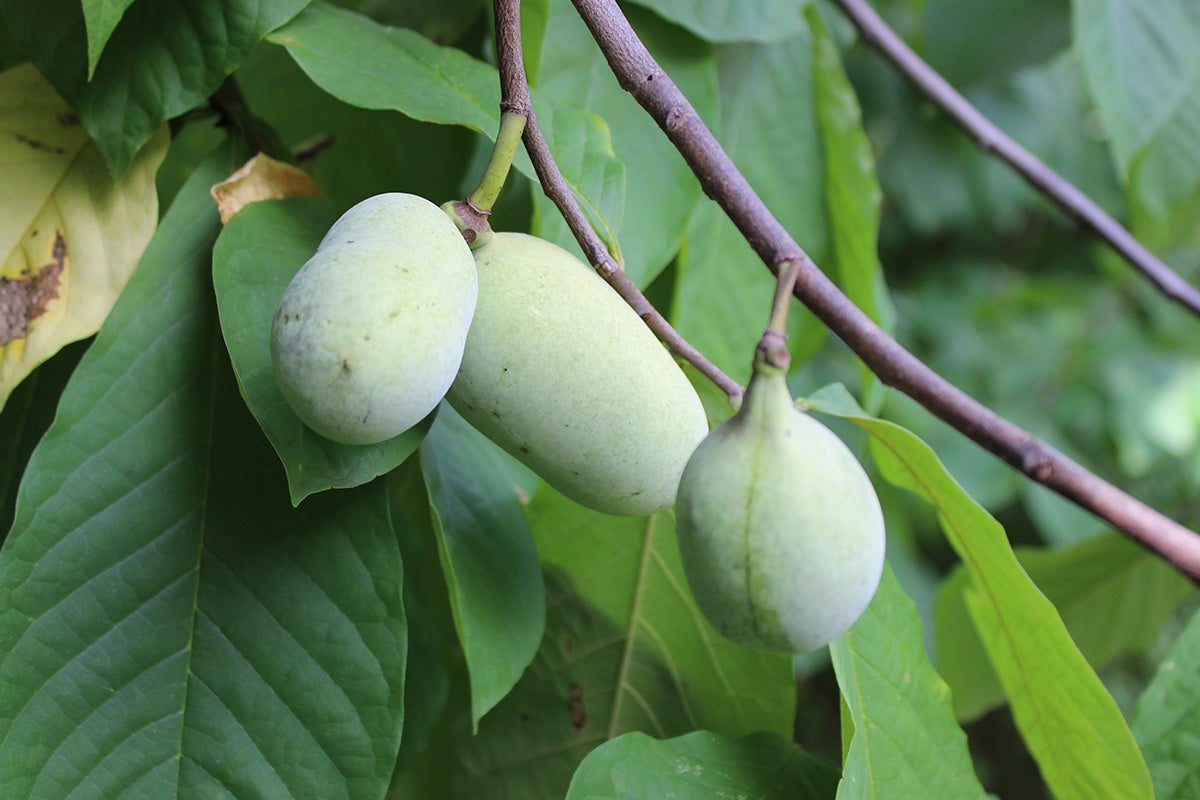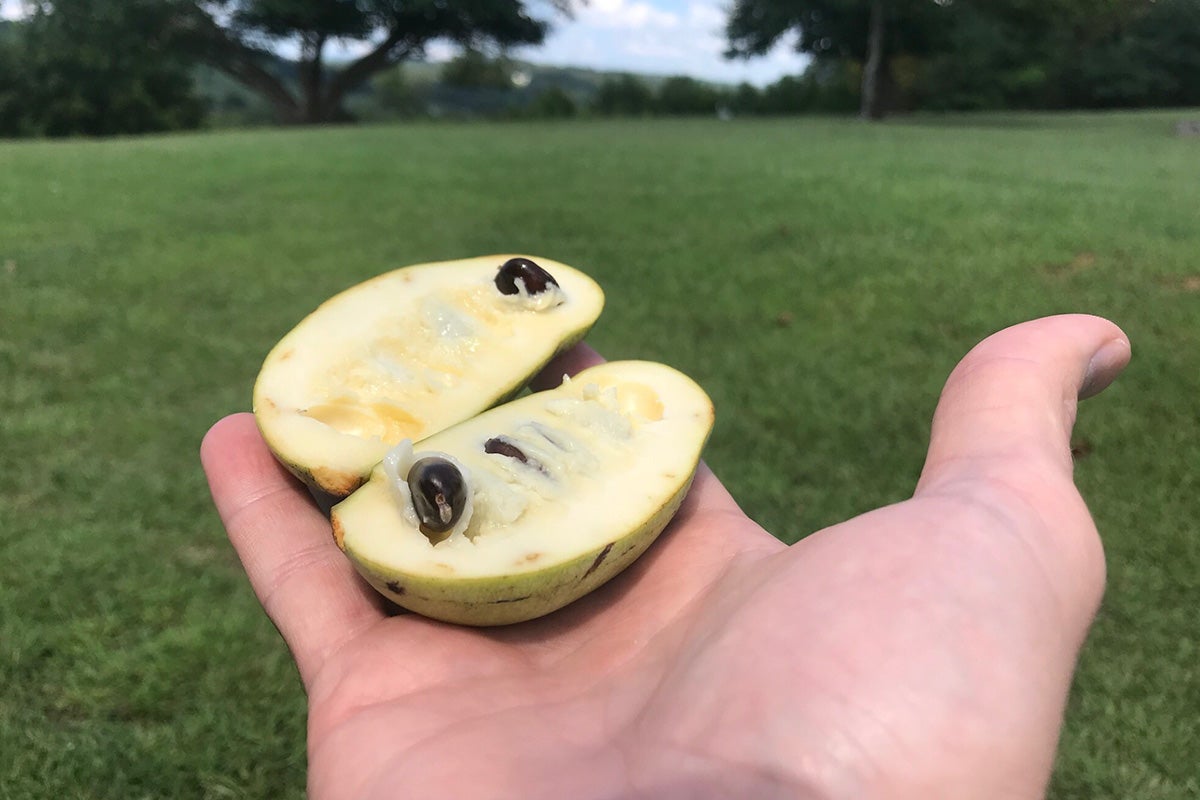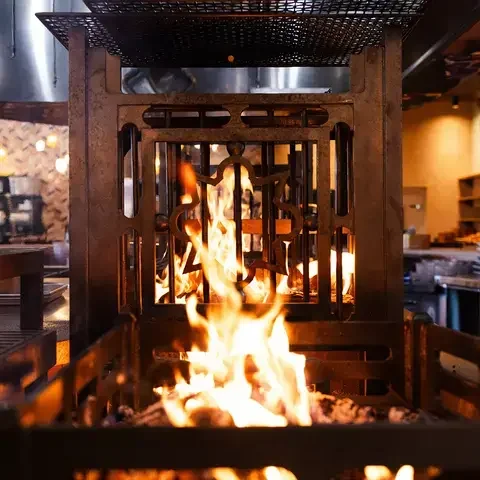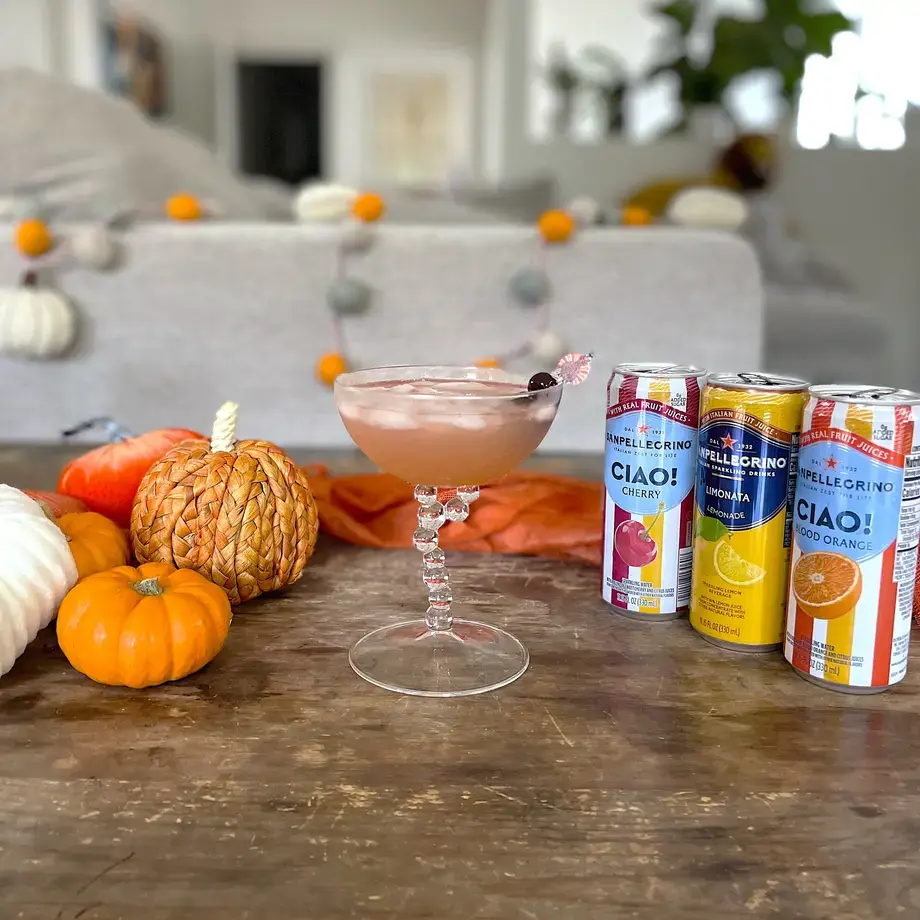Discover how to make the most of this tropical-like fruit, native to North America, that’s at its best in early to mid-fall.
The pawpaw defies convention. It is the largest edible fruit native to North America, but it looks and tastes like something far more tropical. Shaped like a mango, the fruit’s pale mint green skin ripens into a deep yellow that verges on burnt orange. Inside there’s soft custardy pulp—ranging in color from cream to sunny yellow to pale orange—and lima bean-sized black seeds.
Over the years, these curious fruits have earned a multitude of folksy nicknames, including Hoosier banana, Quaker delight, hillbilly mango, and banango. No matter what they are called, they have earned a devoted and ever-growing fanbase, including James Beard Award-winning chefs José Andrés, Sean Brock, and Jeremiah Langhorne.
What are pawpaws?
What is known in Latin as Asimina triloba are a part of a family of tropical fruits called custard apples, which also include guanábana, sometimes known as soursop, which is common in Mexico, and cherimoya, one of Peru’s most revered fruits.
Pawpaws punctuate American history. Native Americans routinely ate them, as did the settlers in Jamestown. A writer traveling with conquistador Hernan de Soto’s exploration of Florida in 1540 noted they had “a very good smell, and an excellent taste.” Lewis and Clark relied on pawpaws to stave off starvation. George Washington was a fan of chilled pawpaw desserts, while Thomas Jefferson grew pawpaw trees. Daniel Boone was said to enjoy them on occasion. Audubon painted birds perched next to the exotic looking fruit. They also show up in the writings of Walt Whitman and William Faulkner.
In Illinois, Michigan, and West Virginia, you’ll find villages or towns named after them. This year alone there are nearly 20 food festivals devoted to pawpaws, taking place from New England to the Deep South to the Midwest.
















